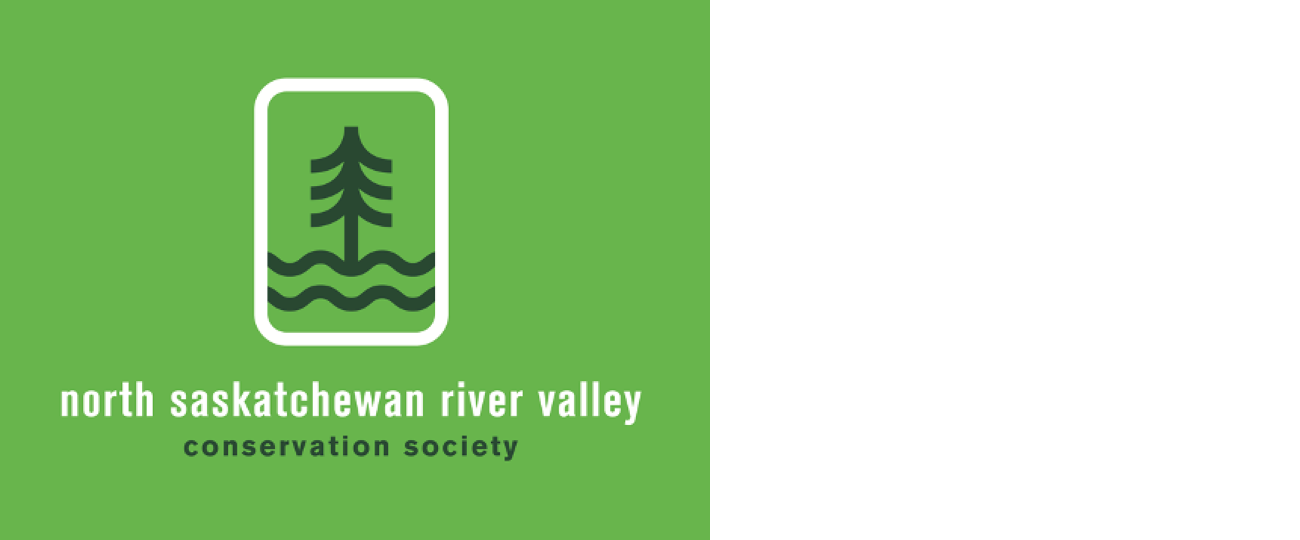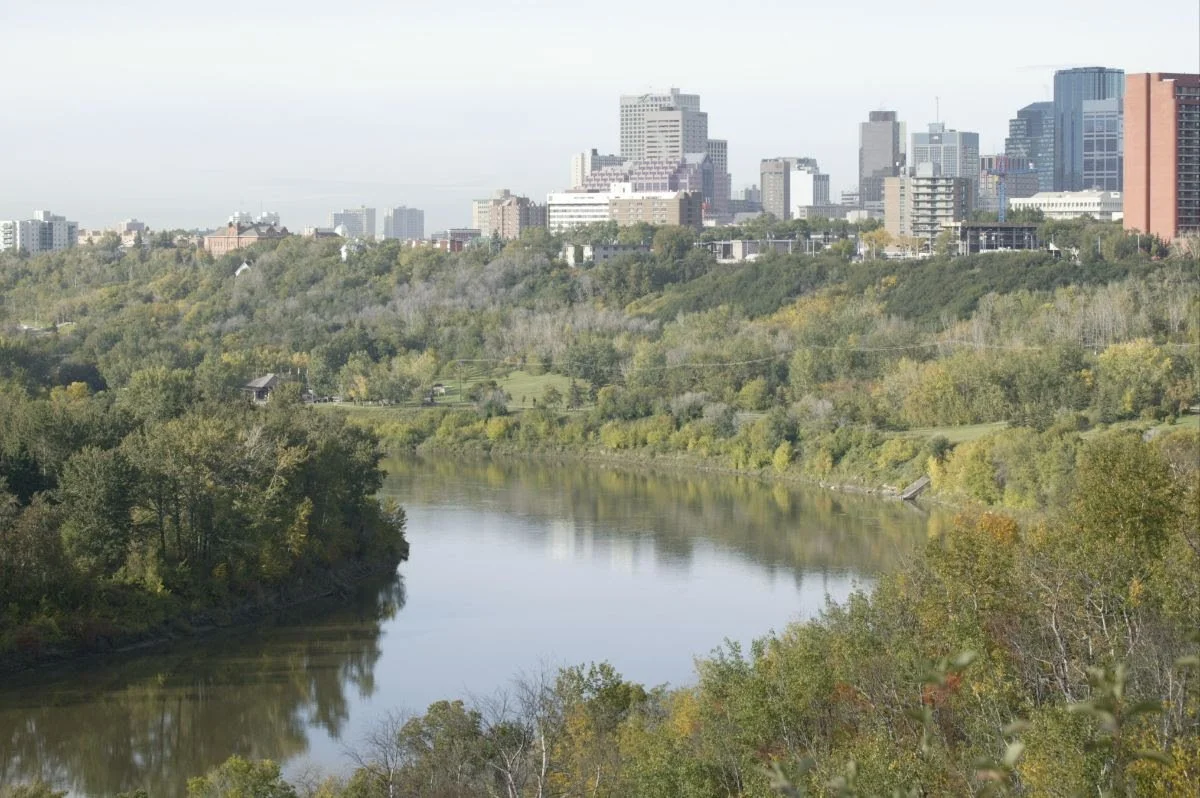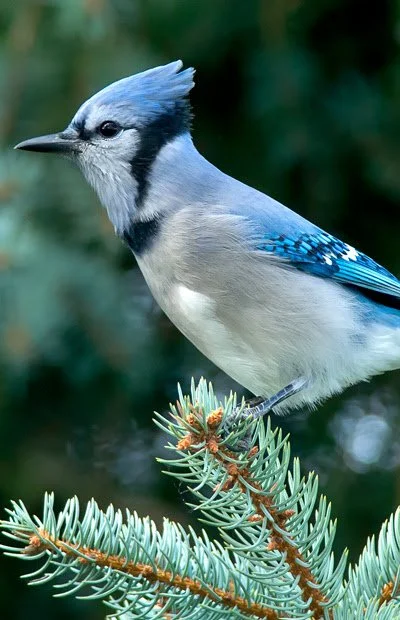Mountain bike trails provide health benefits with little impact
Erin Bowker writes in an opinion piece; I simply cannot believe that council would consider shutting down Edmonton’s incredible single-track mountain bike trail network. As a parent of teen/young adults, I cannot over-emphasize the physical and mental health benefits that these trails have given our kids.
Our paved trails are wonderful but are not particularly appealing to their adventurous spirits. Of course, our single-track mountain bike trails are beloved by all ages of bikers, trail runners and trail walkers and we would all find our quality of life greatly diminished with the loss of Edmonton’s single track.
Environmental impact of single-track mountain bike trails seems to be the issue under scrutiny. When compared to the chemicals used to maintain our city golf courses and the pollution surrounding the homeless camps throughout the river valley, the environmental impact argument seems almost comical.
The majority of the single track in Edmonton is hidden from view with very little impact on the forest. The average mountain biker or trail runner/hiker stays on the trail and passes any given point in space in a matter of seconds. Maintenance is overwhelmingly provided by those who volunteer their time and love the sport.
Edmonton should be expanding healthy outdoor opportunities for its citizens, not limiting them. Read complete piece at https://edmontonjournal.com/opinion/columnists/opinion-mountain-bike-trails-provide-health-benefits-with-little-impact
Is the City banning mountain biking or closing trails
No, the City is not banning or prohibiting mountain biking in the River Valley, and no trails are being closed at this time. That does not mean that, at some time in the future, if a trail is found to be causing too much disturbance in a natural area it won’t be closed or re-routed, but for the foreseeable future, no trails are being closed.
Most of the single-track trail network was built by trail users and the City has not had oversight of the construction of these trails, some of which are found in sensitive areas, so it does not know the ecological impact they have had.
The City needs time to do studies and on-the-ground assessment that consider local context and environment, and to understand the risk implications associated with some of the trails and structures within the network. The City of Edmonton has a responsibility to steward the environment and ensure we limit negative impacts, whether from cycling, hiking, horseback riding or other activities.
Detailed planning of mountain bike trails will take place in future work after the Ribbon of Green is complete. More answers to frequently asked questions at https://www.edmonton.ca/city_government/initiatives_innovation/ribbon-of-green-public-engagement#FAQ
New park planned along the North Saskatchewan river
Strathcona County is developing a master plan for a new 290-acre regional park along the North Saskatchewan River. The plan will give the County direction for the next 15 years on the type of outdoor development and activity desired for the park.
The plan seeks to respond to community needs by engaging with stakeholders and the public throughout its development. It will support the County’s commitment to a regional approach to North Saskatchewan River accessibility, including work on the Edmonton-Strathcona County footbridge connecting 167 Ave on the west side to Township Road 540 on the east side; and to environmental stewardship, an area of focus in its Recreation and Culture Strategy.
Information, public engagement and feedback options at https://www.strathcona.ca/council-county/plans-and-reports/strategic-documents/open-space-facility-projects/parks-fields-trails/strathcona-regional-park-master-plan/
Research shows cities across country losing green space
Terry emails “It doesn't take much science expertise to know that when you replace green space - trees, shrubs, and low-lying vegetation such as grasses and replace them with cement, asphalt, shingles, siding and building structures you will remove heat absorption with heat repelling. Ritchie has lost close to 100 mature trees and yards and replaced with lots with buildings and cement with zero green left. From 50% green lots to zero green. All of them. And so exactly to the article's point - in just this neighborhood.”
Comment or contribution
If you have a comment, concern, or question, contact us at nsrivervalley@gmail.com Please also email us river valley photos or event information. Your friends, neighbours and colleagues can sign up for this newsletter on our web site https://www.edmontonrivervalley.org/
Sincerely yours,
Harvey Voogd
North Saskatchewan River Valley Conservation Society
780.691.1712

















